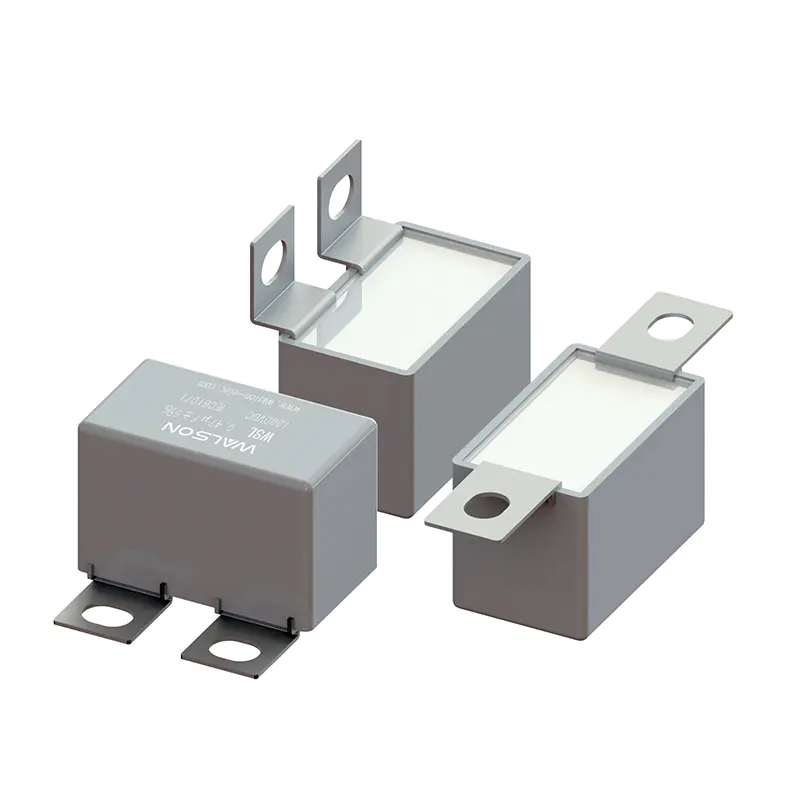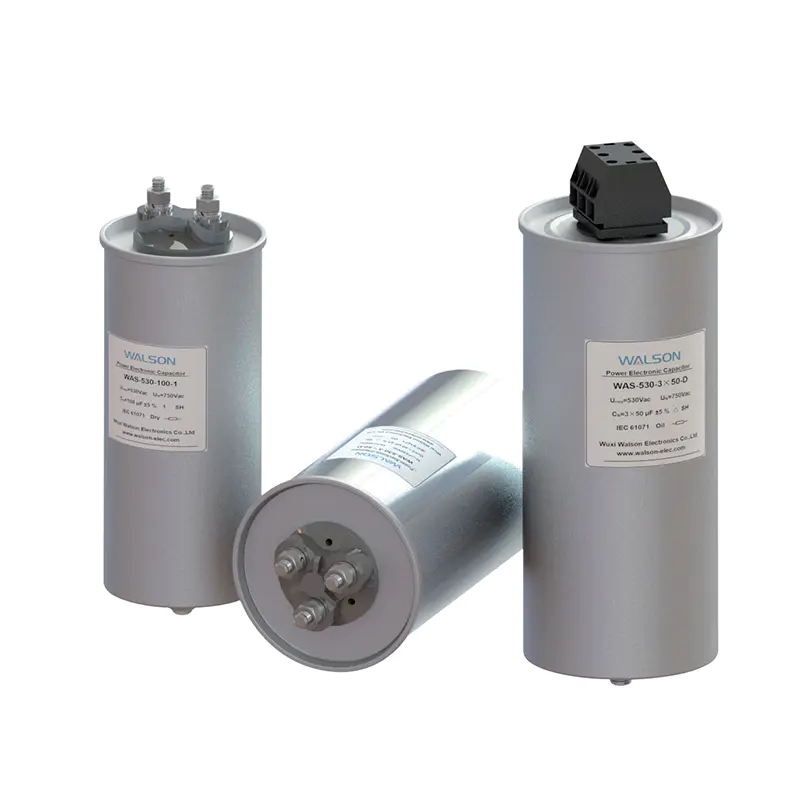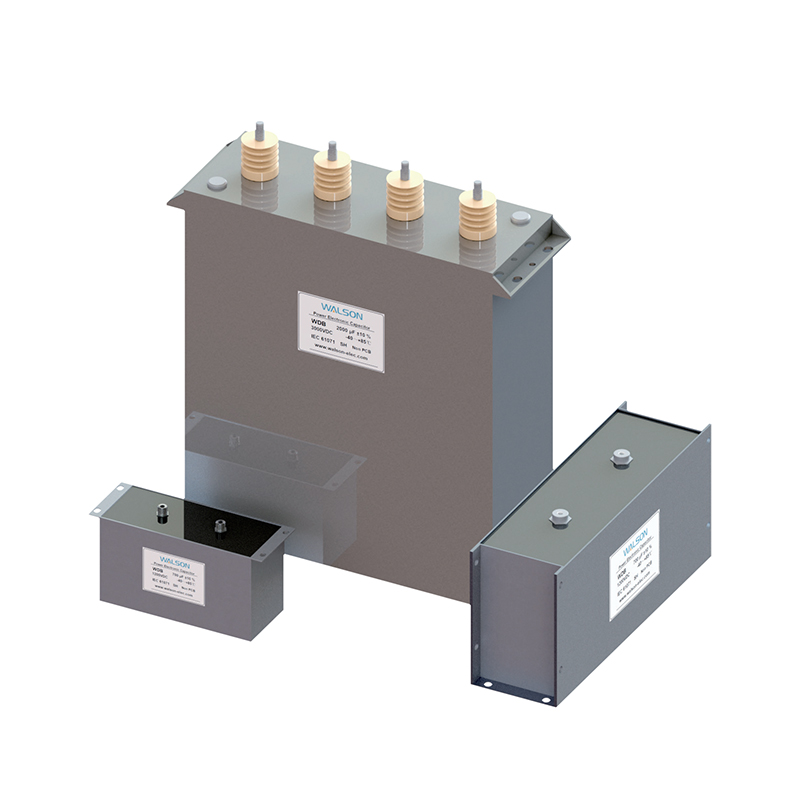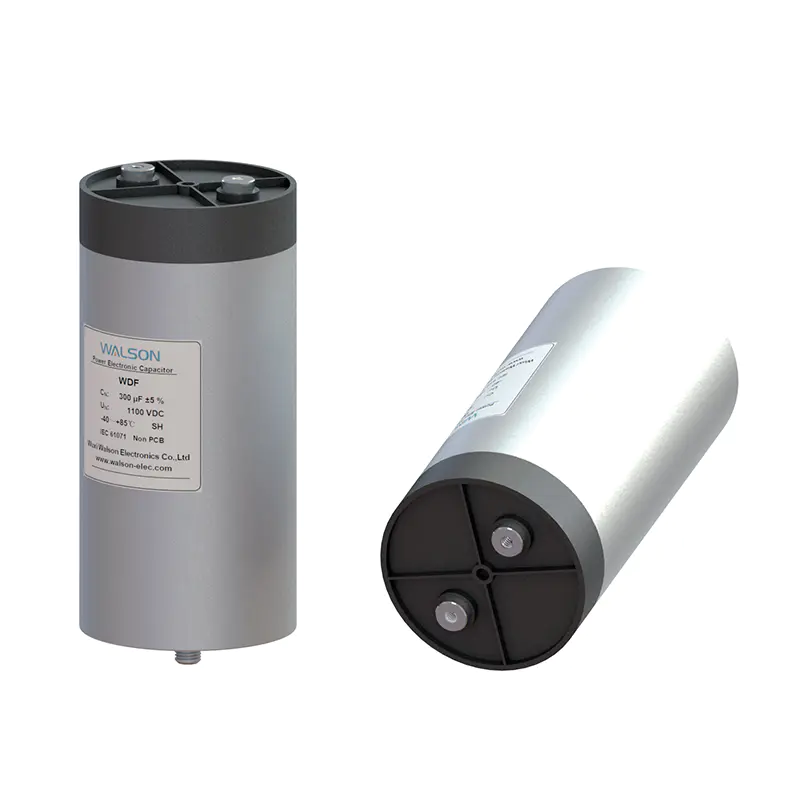- Home
- Products
- Applications
- Capacitors for Household Appliances
- Capacitors for Power Supply
- Capacitors for LED Lighting
- Capacitors for Mobile And DSL Appliances
- Capacitors for Automotive& Vehicles
- Capacitors for Photovoltaic Inverters
- Capacitors for Wind Power Plants
- Capacitors for Renewable Energy Systems
- Capacitors for Induction Heating
- Capacitors for Medical Equipments
- Capacitors for Industrial Control
- Capacitors for Power Electric
- Capacitors for Rail Transit
- Capacitors for Smart Grid
- Capacitors for University & Research Instituite (High Energy Physics)
- About Us
- News
- Contact Us
-
- Capacitors for Household Appliances
- Capacitors for Power Supply
- Capacitors for LED Lighting
- Capacitors for Mobile And DSL Appliances
- Capacitors for Automotive& Vehicles
- Capacitors for Photovoltaic Inverters
- Capacitors for Wind Power Plants
- Capacitors for Renewable Energy Systems
- Capacitors for Induction Heating
- Capacitors for Medical Equipments
- Capacitors for Industrial Control
- Capacitors for Power Electric
- Capacitors for Rail Transit
- Capacitors for Smart Grid
- Capacitors for University & Research Instituite (High Energy Physics)
Web Menu
- Home
- Products
- Applications
- Capacitors for Household Appliances
- Capacitors for Power Supply
- Capacitors for LED Lighting
- Capacitors for Mobile And DSL Appliances
- Capacitors for Automotive& Vehicles
- Capacitors for Photovoltaic Inverters
- Capacitors for Wind Power Plants
- Capacitors for Renewable Energy Systems
- Capacitors for Induction Heating
- Capacitors for Medical Equipments
- Capacitors for Industrial Control
- Capacitors for Power Electric
- Capacitors for Rail Transit
- Capacitors for Smart Grid
- Capacitors for University & Research Instituite (High Energy Physics)
- About Us
- News
- Contact Us
Product Search
Exit Menu
How does the resonant capacitor balance the current and voltage in industrial automation to ensure the stable operation of the system?
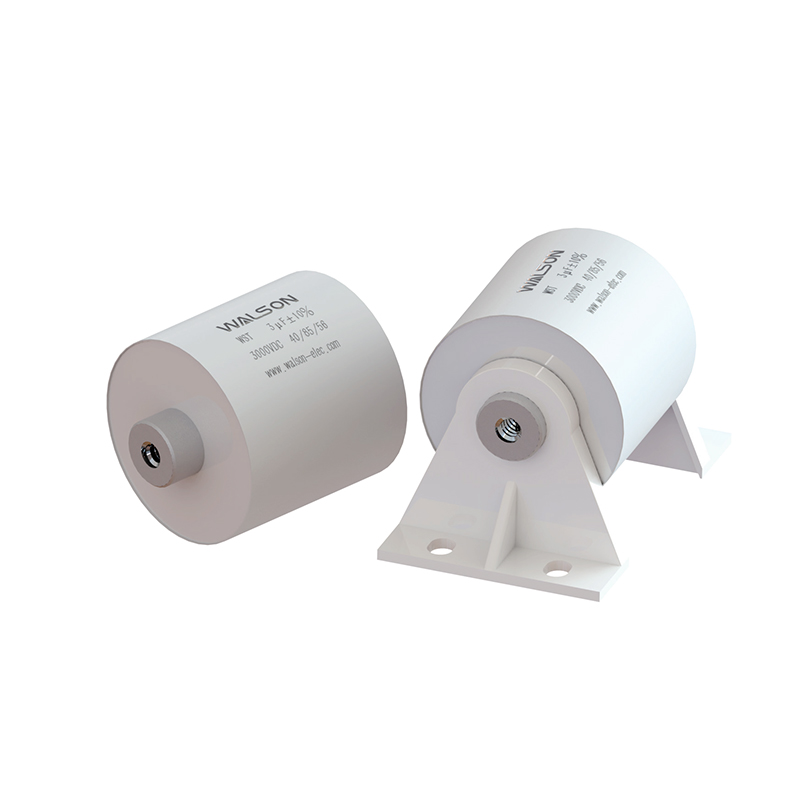
How does the resonant capacitor balance the current and voltage in industrial automation to ensure the stable operation of the system?
As the core power equipment of industrial automation, the fluctuation of current and voltage during the startup and operation of the motor will have a significant impact on its performance and life. The resonant capacitor and the motor build a specific circuit topology. At the moment of motor startup, the resonant capacitor outputs capacitive current, which interacts with the inductive current of the motor to optimize the phase relationship of current and voltage and achieve a dynamic balance between the two. This balance greatly reduces the current impact when the motor starts, reduces the electrical stress on the motor winding, and reduces the interference to the power supply system, avoiding the voltage drop caused by the peak of the starting current, and ensuring the normal operation of peripheral equipment.
During the operation stage of the motor, factors such as load changes and power grid fluctuations in the industrial production environment will continue to interfere with the working state of the motor. With its unique electrical characteristics, the resonant capacitor monitors the current and voltage changes in real time, and quickly adjusts its own capacitance to accurately control the current and voltage. Through this dynamic adjustment mechanism, the motor can still maintain stable operation under complex working conditions, effectively avoiding problems such as unstable speed and output power fluctuations caused by current and voltage fluctuations. The stability of the running state makes the mechanical parts inside the motor evenly stressed, effectively suppresses vibration and noise, prolongs the service life of the motor, and reduces the maintenance cost of the equipment throughout its life cycle.
Voltage shock and current mutation are major threats faced by industrial automation control systems. Lightning strikes, power grid failures, equipment start-up and shutdown, etc. may cause such abnormalities. The instantaneous overvoltage and high current will cause permanent damage to the electronic components and circuits of the equipment. The resonant capacitor acts as a protective barrier in this process. When a voltage shock occurs, it quickly absorbs excess electrical energy and limits the voltage to a safe range; in the face of current mutations, the resonant capacitor plays a buffering role, suppresses current transients, and prevents the internal components of the equipment from being subjected to excessive current stress, thereby ensuring the safe operation of the equipment.
The realization of the function of the resonant capacitor depends on its precise internal physical structure and working principle. In terms of material selection, materials with specific dielectric properties constitute the capacitor medium. These materials realize electrical energy storage and release under the action of the electric field. Their dielectric constant, loss tangent and other parameters directly determine the electrical performance of the capacitor. High-quality dielectric materials ensure that capacitors work stably under different working conditions, while electrode materials provide a reliable channel for power transmission with good conductivity and stability. The two work together to ensure efficient operation of capacitors.
The manufacturing process of resonant capacitors also demonstrates technical precision. From the pretreatment of dielectric films and electrode materials to winding, metallization, packaging and other processes, each link must strictly follow the process standards. Precise winding ensures uniform internal structure and avoids the risk of local electric field concentration; metallization improves the self-healing ability of capacitors and enhances reliability; adapted packaging materials and processes provide protection for capacitors, enabling them to adapt to the complex and changing environment of industrial production.
The wide application of resonant capacitors in industrial automation control systems has created significant economic and social benefits. In the manufacturing automation production line, it ensures the stable operation of many motors, maintains the continuous and efficient operation of the production line, and improves production efficiency and product qualification rate; in industries such as chemical and electric power that have strict requirements on equipment stability, resonant capacitors effectively protect key equipment, reduce downtime due to failures, reduce economic losses caused by equipment damage, and ensure stable operation of industrial systems.

 简体中文
简体中文 English
English Español
Español